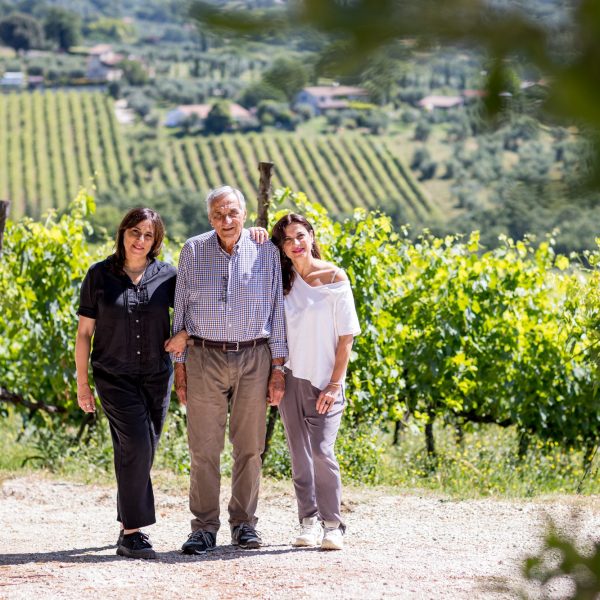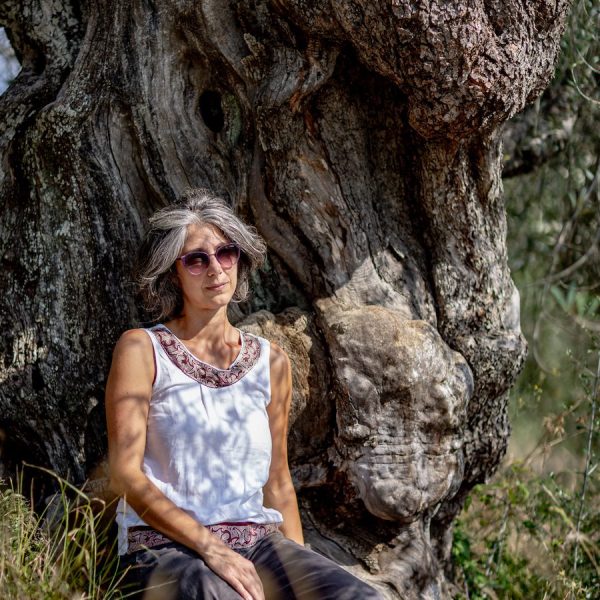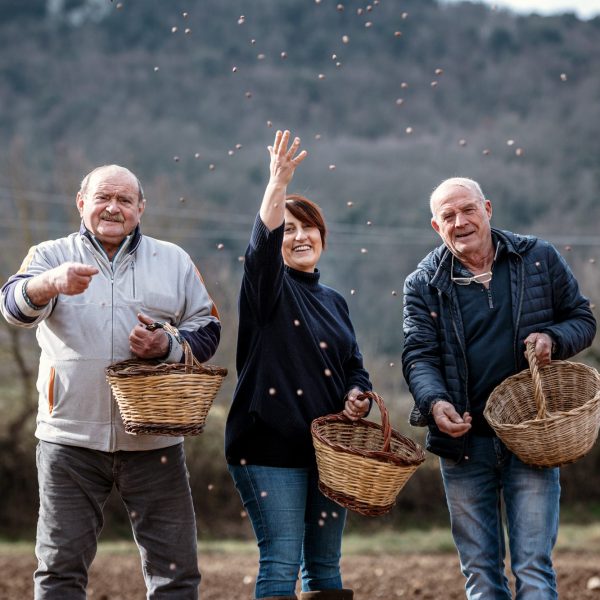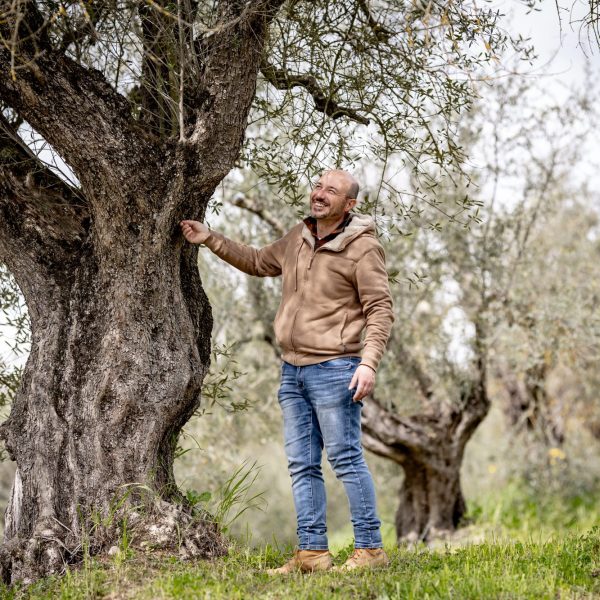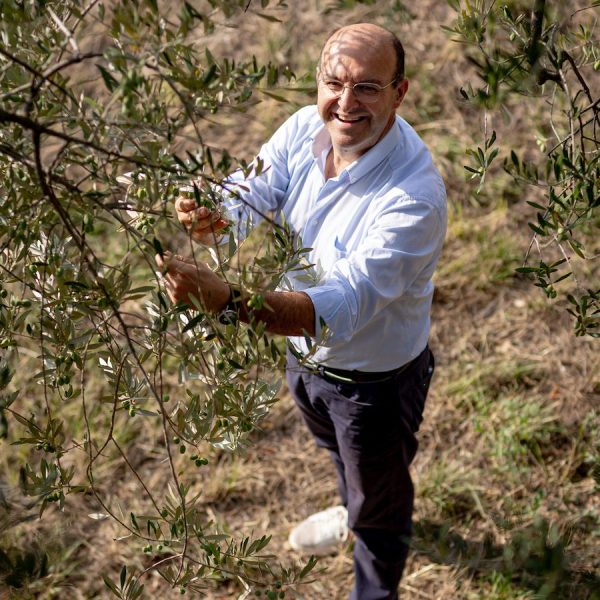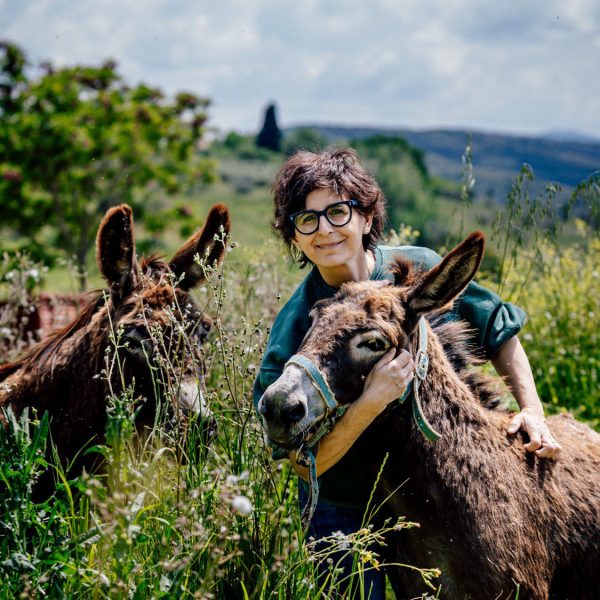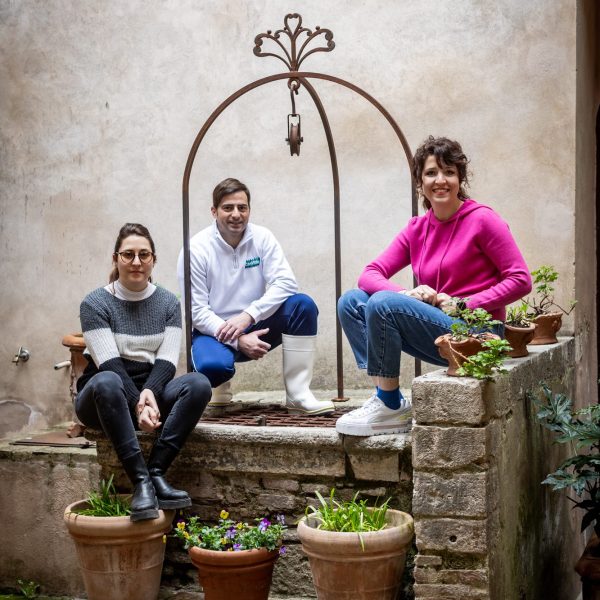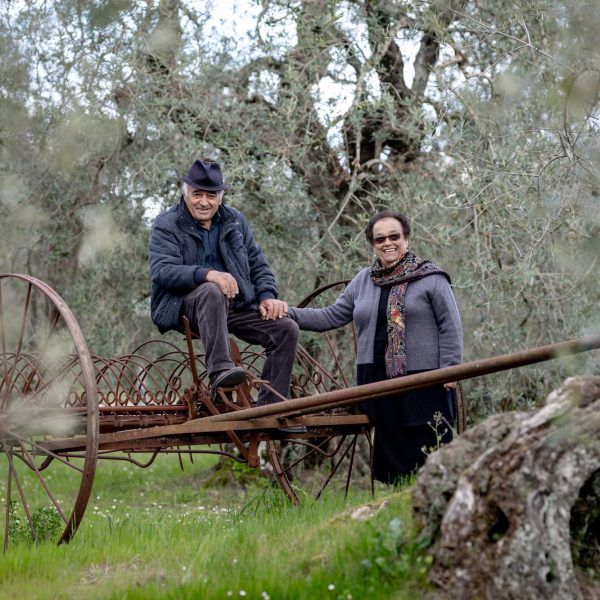Amelia (Tr)
History
Amelia has an ancient history. Its name seems to have a mythological origin linked to the figure of Merope, daughter of Atlas. Other sources attribute its founding to King Ameroe in 1134 B.C., well before the founding of Rome; this is what Pliny the Elder reports, who in turn recalls what was written by Cato in the Origines.
Thanks to its geographical location, Amelia was one of the focal points of protohistoric civilization in Italy and became an important hub for many events related to the Roman Empire. The Via Amerina was indeed one of the main arteries connecting Umbria and central Italy, a nodal point not only for military communications and imperial expansion but also one of the oldest pilgrimage routes.
The municipal territory of Amelia is composed of 7 hamlets, each with its own particular charm: Collicello, Fornole, Foce, Macchie, Montecampano, Porchiano del Monte, and Sanbucetole.
Address: Piazza Matteotti, 05022 Amelia TR
Phone: +39 0744 9761
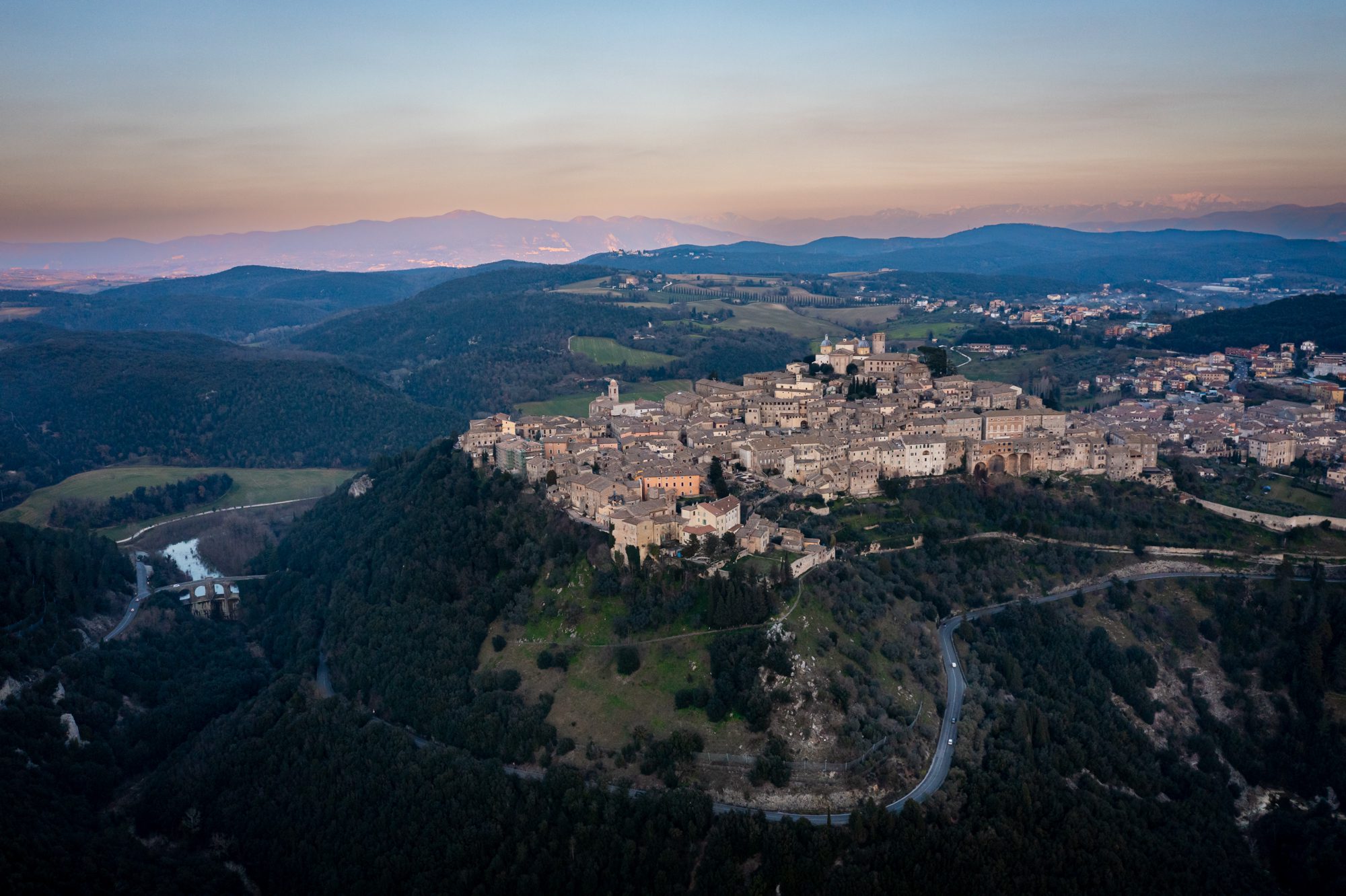
Culture
To get to know Amelia, one starts from its impressive city walls, largely built in polygonal masonry, dating back to the 3rd-4th century BC.
Its construction is characterized by the presence of limestone blocks perfectly interlocked with each other without mortar; the considerable size of these blocks has fueled the legend that the walls were built by the Cyclopes.
Impressive walls that create an interplay between an “inside” and an “outside,” with continuous dialogue facilitated by the six gates providing access to the city, four of which are still in use.
Porta Romana is the main and most monumental entrance to the city.
From here, one can explore alleys and squares dominated by the harmonious architecture of the many Renaissance palaces, such as Palazzo Farattini, designed by Antonio da Sangallo as a preparatory study for the more famous Palazzo Farnese in Rome, Palazzo Petrignani with its splendid frescoed rooms, including the most representative one called the Zodiac Room, Palazzo Venturelli, Palazzo Cansacchi, and others.
The Civic Archaeological Museum and Art Gallery “Edilberto Rosa” houses artifacts ranging from the pre-Roman era to that of the flourishing Roman municipality, including the magnificent and majestic bronze statue of the Roman general Nero Claudius Drusus, also known as Germanicus, armed and covered with a richly decorated cuirass. The statue, discovered in 1963 during excavations for the construction of a mill, is over two meters tall and is a unique specimen created using the lost-wax technique with an indirect method.
The Social Theater
Of great value is also the 18th-century theater, entirely made of wood and with original mechanisms that still work perfectly. Numerous famous films have been shot inside, including “The Adventures of Pinocchio” by Comencini and “The Marquise of Grillo” starring Alberto Sordi.
The Romanesque facades of the churches of Sant’Agostino and San Francesco are beautiful.
Just above the medieval and characteristic Piazza Marconi, at the top of the acropolis, stands the dodecagonal bell tower dating back to the 11th century, along with the most important religious buildings: the former seminary, the episcopal palace, and the Cathedral Basilica of Santa Maria Assunta (9th-18th century) dedicated to the patron saint Santa Fermina. It houses two original banners taken from the Turks and numerous works of art, including a painting attributed to Federico Zuccari in the Chapel of the Holy Sacrament, works by Giacinto Gimignani, Antonio Circignani, Jacques Stella, Gian Francesco Pierini, and the funerary monuments of the Farrattini Chapel (16th century) with works by Ippolito Scalza and Gian Domenico Dosio.
The Cisterns
From the Roman era are the Cisterns: built between the first part of the 1st century BC and the first half of the 1st century AD, they are an extraordinary example of hydraulic engineering used as water reserves for the upper part of the town until the 1960s. The structure consists of ten contiguous and communicating rooms, and the first perfectly preserved hall features a sample of terracotta flooring stamped with the Latin inscription “Workshop of Tiberius and Gaius Attilius Fortunatus.”
Not far from the historic center, nestled on the cliffs of Michignano, stands the Franciscan Convent of the Santissima Annunziata, dating back to the sixteenth century. Inside, along with the artistic nativity scene, there is a small Museum of Sciences and a beautiful planetarium that hosts monthly activities. In the Convent’s Portineria, you can purchase herbal teas, medicinal infusions, flour, pasta, honey, royal jelly, pollen, propolis, and sacred icons.
Porchiano del Monte
A small medieval village surrounded by walls, nestled on a hill near Amelia.
From the entrance gate to the castle, one can enjoy an endless view.
About 1 kilometer from the village, along a dirt road accessible by car, you’ll find the medieval church of the Santissima Trinità. Here, you can admire fascinating votive frescoes adorning the walls, dating back to the 11th and 15th centuries.
Collicello
Collicello is a small village that has preserved almost intact its medieval appearance, and the sensation upon arrival is that of stepping into another world. Around the fortress, there are few buildings, mostly rural farmhouses, some of which have been transformed into splendid residences.
The castle features eight watchtowers with square bases, some with battlements, one of which faces towards the destroyed Canale castle. One of these towers flanks the main entrance, which consists of a door with a round arch.
The surrounding woods, which almost envelop the village, harbor immense riches: mushrooms, firewood, game, asparagus, herbs, and more.
Nature
From the Civic Tower of Amelia, the view extends over a lesser-known Umbria.
The landscape is dominated by the vast oak forest of the Monti Amerini, a mysterious place where it’s impossible to get lost thanks to the signage system that allows visitors to explore these otherwise inaccessible areas on foot, by bike, or on horseback. This leads to discovering unexpected views, away from mass tourism.
La Lecceta
It’s the largest holm oak forest in Umbria and one of the largest and most intact Mediterranean scrublands in Italy.
The historic olive grove of Olivi Rajo in Montecampano
The Valley of the Rio Grande
Amelia stands perched above the narrow and deep gorge of the Rio Grande stream, whose waters have powered numerous mills, contributing to the prosperity of the Amerina community over the centuries.
The Rio Grande Valley is one of the most pristine yet lesser-known landscapes of Umbria. The river park, a FAI Heart site, is a Site of Community Importance (SCI), and for centuries, it has been a precious water resource for the region, powering mills that are still visible along the basin.
The Rio Grande stream forms a lake called Lago Vecchio, reachable via a pedestrian path. Walking along the riverbanks, one passes by an orchard of ancient local fruits promoted by the Association “Amici di Rio Grande” (Friends of Rio Grande).




